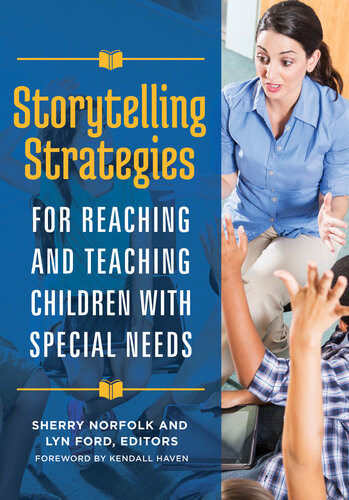

Most ebook files are in PDF format, so you can easily read them using various software such as Foxit Reader or directly on the Google Chrome browser.
Some ebook files are released by publishers in other formats such as .awz, .mobi, .epub, .fb2, etc. You may need to install specific software to read these formats on mobile/PC, such as Calibre.
Please read the tutorial at this link: https://ebookbell.com/faq
We offer FREE conversion to the popular formats you request; however, this may take some time. Therefore, right after payment, please email us, and we will try to provide the service as quickly as possible.
For some exceptional file formats or broken links (if any), please refrain from opening any disputes. Instead, email us first, and we will try to assist within a maximum of 6 hours.
EbookBell Team

4.8
24 reviewsMore than 57 percent of the over 6 million American children with disabilities are in inclusive (i.e., general) classrooms; "self-contained" classrooms serve children whose disabilities are either more severe or disruptive. As much as 20 percent of the children in an inclusive classroom are identified as "disabled," with the highest percentage of these having learning disabilities. While most classrooms have at least one child with a disability, teachers often have little or no training in educating and caring for these children. The need for resources that support educators working with children with disabilities or social/emotional difficulties is clear.
This book fills this critical need, supplying school and public librarians, classroom and special area teachers, and storytelling teaching artists with storytelling strategies for reaching and teaching children with special needs in inclusive classrooms, self-contained classrooms, and public and school libraries. These full-text stories, essays, and lesson plans from experienced storytelling teaching artists provide educators with a wide range of adaptable storytelling and teaching strategies for specific disabilities and enable storytellers to discover news ways to perform their storytelling magic. The book also offers compelling real-life anecdotes that demonstrate the impact of these strategies in inclusive and self-contained classrooms; presents an introduction to the skills of storytelling, why they are useful, and how to use them; and includes suggested modifications for a wide range of disabilities as well as detailed resource lists.